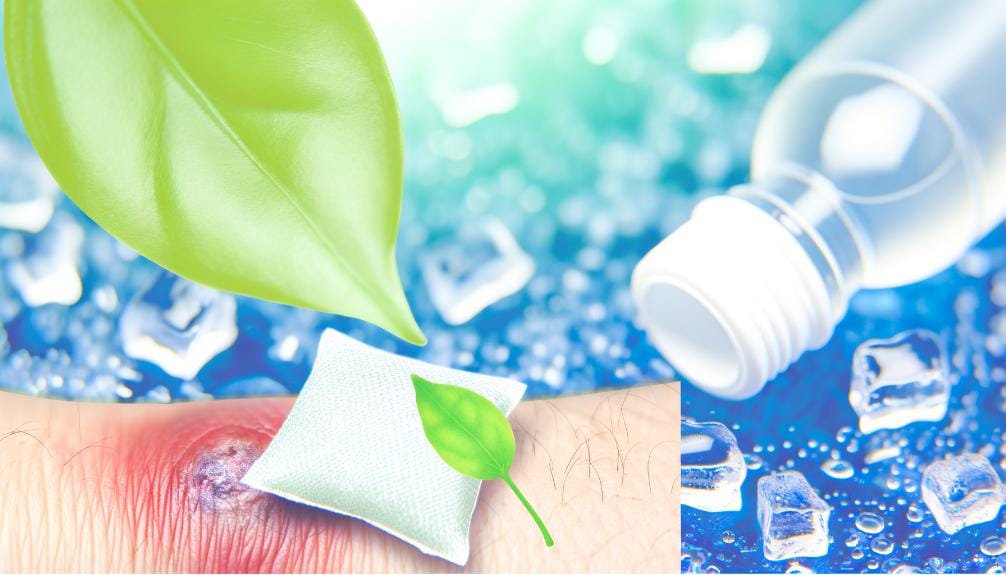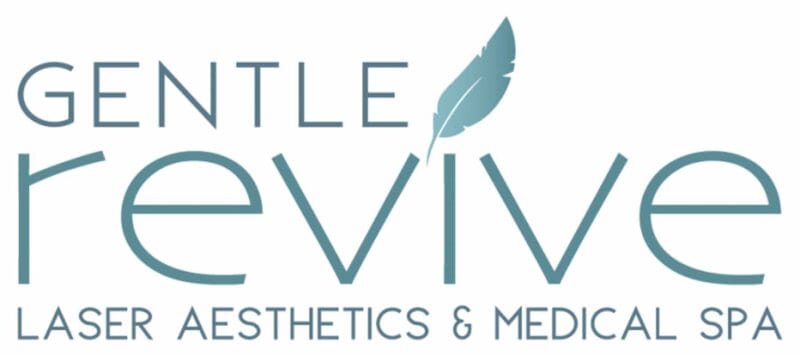
Navigating the aftermath of fat removal procedures can feel like sailing through uncharted waters. You're likely to encounter a spectrum of side effects, from swelling and bruising to more nuanced shifts in your body's contours. Armed with evidence-based strategies, you can mitigate these effects effectively.
Immediate post-treatment care, incorporating precise dietary adjustments, and understanding when professional advice is crucial, form the bedrock of a smooth recovery. As you embark on this journey, remember that knowledge is your compass, guiding you towards optimal healing.
Let's explore how these 13 tips can serve as your map to navigating the recovery landscape with confidence.
Understanding Common Side Effects
Common side effects of fat removal procedures include swelling, bruising, and discomfort, typically resolving within a few weeks. You might also experience numbness or temporary changes in skin sensation. These reactions are your body's natural response to the trauma it's undergone during the procedure. It's important to understand that while these symptoms can be uncomfortable, they're generally temporary and a normal part of the healing process.
In some cases, you might notice irregularities in skin texture, such as dimpling or lumpiness, particularly in the treated areas. This condition often improves over time as your body adjusts and settles into its new shape. However, it's crucial to have realistic expectations and understand that perfect smoothness isn't always achievable.
Fluid accumulation, known as seromas, can also occur but are less common. These are pockets of fluid that may need to be drained by your healthcare provider.
Immediate Post-Treatment Care
Following a fat removal procedure, it's crucial to initiate proper post-treatment care to mitigate risks and facilitate a smoother recovery. Immediately after the operation, it's advised to apply cold compresses to the treated areas to reduce swelling and alleviate discomfort. This method, supported by evidence, decreases inflammatory responses and numbs the local area, providing temporary relief.
You'll also be instructed to wear compression garments, which play a pivotal role in controlling edema and shaping the body by applying consistent pressure. Clinical studies underscore their effectiveness in enhancing blood circulation, thus speeding up the healing process and reducing the likelihood of fluid accumulation.
Moreover, it's imperative to monitor for signs of infection at the incision sites. Symptoms such as redness, unusual discharge, or fever warrant immediate medical attention. Ensuring cleanliness and following your healthcare provider's guidelines on wound care are essential to prevent complications.
Additionally, hydration is key. Increasing your water intake supports the body's natural healing mechanisms and aids in the elimination of toxins. Stick to a balanced diet rich in nutrients to bolster your immune system, further promoting recovery.
Adhering to these immediate post-treatment care instructions can significantly impact your recuperation trajectory, minimizing adverse effects and optimizing outcomes.
Long-Term Recovery Strategies
How do you transition from immediate post-treatment care to adopting long-term recovery strategies for sustained well-being after fat removal?
Initially, it's crucial to understand that healing extends beyond the visible. Internally, your body is adapting to changes and requires ongoing support to optimize recovery.
Engaging in regular, moderate physical activity is a cornerstone of long-term recovery. Exercise enhances circulation, promoting efficient removal of toxins and facilitating healing. It's advised to consult with a healthcare professional to tailor an exercise regimen that respects your body's current limits while encouraging gradual improvement.
Monitoring incision sites for prolonged periods is essential. Even after initial healing, these areas can be susceptible to complications. Regular self-examinations help in early detection of any irregularities, ensuring timely intervention if necessary.
Lastly, maintaining consistent follow-up appointments with your healthcare provider is vital. These sessions allow for the assessment of your recovery progress and the adjustment of your care plan as needed. They also offer an opportunity to address any concerns or complications that may arise, ensuring that your recovery remains on track.
Dietary Adjustments for Healing
In addition to physical activity and monitoring recovery, adjusting your diet plays a crucial role in supporting the body's healing process after fat removal. Incorporating nutrient-dense foods that foster tissue repair and reduce inflammation is essential. Prioritize the consumption of lean proteins such as chicken, fish, tofu, and legumes, which are pivotal for wound healing and muscle repair. Additionally, omega-3 fatty acids found in salmon, chia seeds, and walnuts can significantly diminish inflammation, aiding in a smoother recovery.
Hydration is paramount; increasing water intake helps flush out toxins and facilitates the lymphatic system's function, crucial for reducing swelling post-surgery. Incorporate fruits and vegetables high in vitamins C and E, known for their antioxidative properties and their role in collagen synthesis, which is vital for skin health and recovery.
Avoid processed foods, sugary beverages, and excessive sodium, as they can exacerbate inflammation and hinder the healing process. Instead, focus on a balanced diet rich in whole foods, which supports your body's natural healing mechanisms and contributes to a more efficient recovery post-fat removal surgery. By adhering to these dietary adjustments, you're equipping your body with the necessary tools for optimal healing and recovery.
When to Consult a Professional
Recognizing the signs that necessitate a professional consultation after fat removal surgery is essential for a safe and effective recovery. Not all side effects are par for the course; some warrant immediate medical attention to prevent complications. It's crucial you're aware of these signs to ensure your well-being.
Firstly, if you experience unmanageable pain that doesn't subside with prescribed medication, it's indicative of a problem that requires a healthcare provider's intervention. Pain is a subjective experience, but excessive discomfort beyond the expected post-operative period could signal infection or other complications.
Secondly, signs of infection, including fever, excessive warmth or redness at the surgery site, and purulent discharge, must prompt you to seek professional advice promptly. Infections, if left untreated, can lead to more severe health issues.
Moreover, unusual swelling or persistent fluid accumulation, known as seroma, necessitates medical evaluation. While some swelling is anticipated, excessive or increasing swelling can be a sign of underlying issues that need medical intervention.
Lastly, if you notice significant changes in skin sensation or skin integrity around the treated area, such as numbness or skin necrosis, consulting a healthcare professional is imperative. These symptoms could indicate nerve damage or compromised blood flow, requiring immediate attention.
Conclusion
In conclusion, effectively managing side effects post-fat removal requires a comprehensive approach. You'll need to recognize common symptoms, adhere to immediate post-treatment protocols, and implement long-term recovery strategies.
Adjusting your diet can significantly aid in healing. However, it's imperative to consult a healthcare professional if symptoms persist or worsen. By following these evidence-based guidelines, you can navigate the recovery process more smoothly, ensuring a safer and more effective outcome from your fat removal procedure.




© All Copyrights 2023-2024 by Utah Lipo & Body Sculpting








